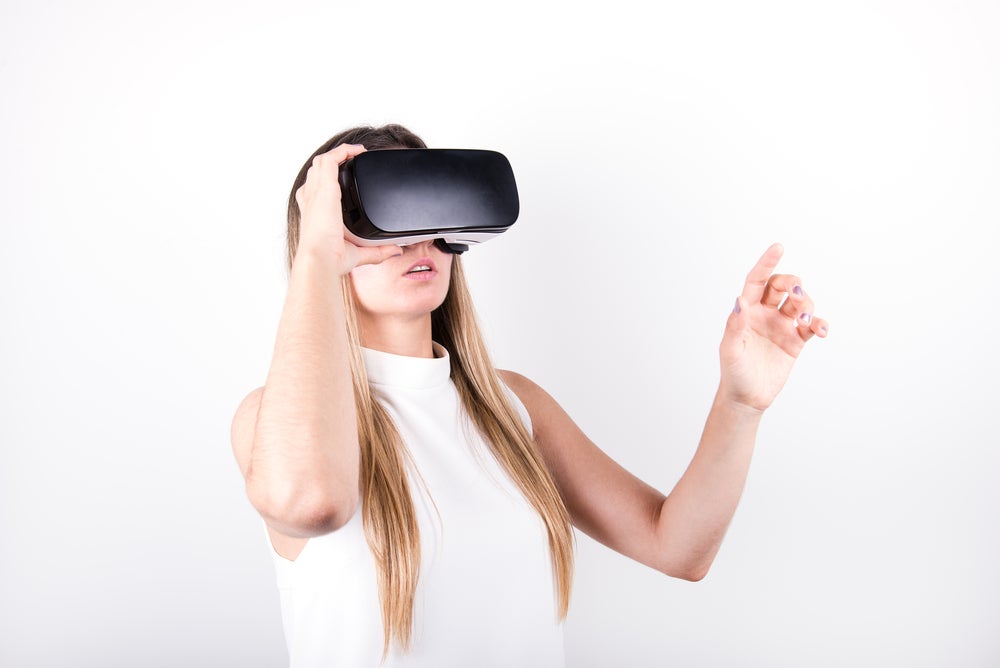I recently attended the IlleXBehavior Meeting in Chicago, a gathering of behavioral and tech consultancies and some of the largest companies in the United States. The meeting focuses on the latest insights from behavioral economics and neuroscience, and I must admit I was a bit skeptical at first. I half-expected the meeting to be a festival of manipulation, in which specialists discussed ever more ingenious ways to nudge customers into buying useless (and even harmful) products. To my surprise, there was little of that. Most of the panels dealt with understanding the customer better, providing better customer experiences, and avoiding customer alienation.
The most compelling aspect of the meeting, however, was what it revealed about how advanced the private sectors is in its use of behavioral economics compared to the public sector. A few takeaways:
The Private Sector’s Superior Technology and Resources
In the public sector we consider ourselves lucky if we have money to test a message on a small focus group. By contrast, the private sector has the privilege of testing messages on large groups of customers. It can use eye-tracking technologies that indicate where the individual is (or is not) looking and for how long; sensory tracking and facial coding to measure people’s emotions in real time; and heart-rate sensors and brain-scanning tools to examine how a person is receiving, evaluating, and responding to stimuli. Imagine how much more precise we could make our interventions in the public sector if we had access to those technologies.
Differences in the Ability to Deliver Messages
In the public sector we still rely on printed messages and letters. The private sector, by contrast, not only uses advertising and a large variety of media. It employs virtual reality and even haptics to enhance a subject’s experience. Haptics allows a person to get sensory feedback from a computer or digital device. That could mean feeling the footsteps of a racing athlete through her cellphone during an ad for sports equipment. Or it could be digitally experiencing the sensation of stirring a cocktail during a liquor ad. Haptics adds a new sensory dimension to a visual and auditory experience and, when of high quality, can dramatically improve persuasion and enhance the impact of interventions. Consider, for example, the potential of digitally transmitting the terrifying experience of a car accident for a public sector intervention on road safety.
Faster Evaluations
There is a big difference between evaluating an intervention on long-term educational achievement and the impact of an advertising campaign on product sales. Still the use of technologies common in advertising has the advantage of quickly revealing how people use products once they are sold. Advertisers are even mounting invisible chips behind a product label (with customers’ permission) to record when, where and how a person used the product. In the public sector, the benefits of such technologies would be immense. In countries where behavioral interventions are employed to improve food delivery to the poor, for example, precise knowledge of their consumption of food might be used to both improve the interventions and the contents of the food basket.
Better Understanding of Populations and Context
Many public sector interventions are applied to broad categories of people The private sector, by contrast, has used more precise group segmentation (white people versus minorities, young-old; female-male; millennial-gen x-baby boomer) to get a better grasp of the populations they are working with, as well as occasion segmentation (the way people behave at different times and circumstances) to better pinpoint the contexts in which interventions are effective.
Taking Networks Into Account
The private sector makes a big effort to ensure that the people who first use a new product spread the word. A Hollywood celebrity who raves about a new tennis racquet to her million followers on Twitter does a better job boosting sales than the computer geek. Public sector interventions are no different. The public sector needs to ensure that those who first experience an intervention have broad and influential networks so that the message effectively spreads. And that applies to everything from interventions to increase childhood vaccinations to those that increase tax compliance.
Need for More Research
Eye-tracking technology; haptics; invisible chips: the money, brainpower, and technical innovation that go into modern advertising can inspire awe. Nonetheless, even leaders in that field acknowledge that more than half of the money spent on advertising is wasted because it lacks research that uses behavioral insights to get better results. “Firms use research as drunk people use lampposts– to gain support when they need it instead of using it to illuminate the path forward,” remarked a participant in one of the panels. Whether that is an apt metaphor for what goes on in the public sector is debatable. But it goes without question that if the private sector needs to do a lot more research, so does the public sector to maximize the full potential of behavioral interventions to improve lives.


Leave a Reply